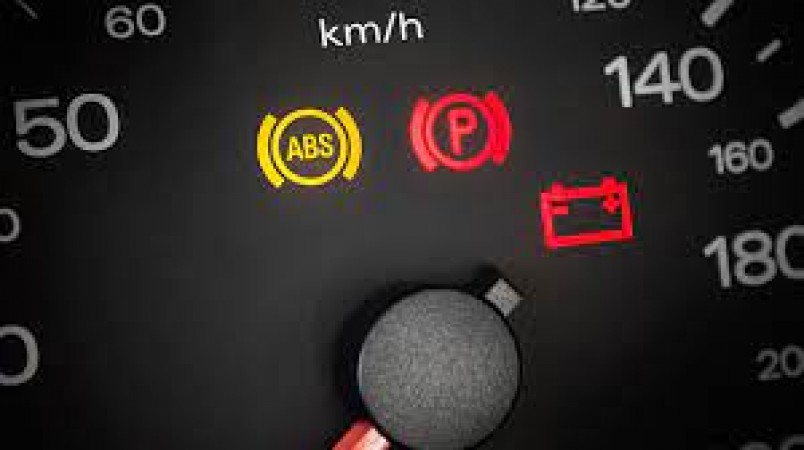
In the daily rush of life, it's easy for drivers to slip into autopilot mode, navigating the roads without a second thought. But what happens when the car's warning lights suddenly illuminate the driver's display? Dismissing them could lead to severe consequences, potentially even a fire. In this comprehensive guide, we will delve into the critical signals these warning lights convey and the swift actions drivers must take to ensure their safety on the road.
The red glow of the engine temperature light is an urgent signal that your engine is overheating. This isn't a situation to be taken lightly. The moment this warning light flickers to life, it's imperative to pull over immediately, turn off the engine, and allow it to cool down. Once cooled, check the radiator and coolant levels. If the issue persists, seeking professional assistance is non-negotiable.
Another red signal demanding immediate attention is the oil pressure warning light—a small red oil can icon. This warns of dangerously low oil pressure. Ignoring this could lead to severe engine damage. Stop the car promptly, turn off the engine, and check the oil level. If it's low, add oil and monitor. If the light persists, consult a mechanic promptly.
When the battery alert illuminates in red, it signals issues with the charging system. To prevent a breakdown, turn off unnecessary electrical loads like the air conditioner and radio. Head to an auto repair shop for a battery and charging system check as soon as possible.
The red brake system warning light indicates potential issues with the brake system. Ignoring this could compromise your safety. Pull over immediately, inspect the brake fluid level, and contact a professional for assistance.
The notorious check engine light, often in yellow, can signal a range of issues from minor to severe. While it may not be an emergency, ignoring it could lead to more significant problems down the road. Schedule a visit to a professional mechanic to diagnose and address the issue.
A yellow TPMS light indicates that one or more tires have low pressure. Inadequate tire pressure affects fuel efficiency and vehicle handling. Act promptly by checking and adjusting the tire pressure.
The Anti-lock Braking System (ABS) light, usually yellow, warns of potential issues with your brake system. While normal braking should still work, seek professional assistance to address the underlying problem.
The green turn signal indicator is a friendly reminder that your turn signals are operational. If one isn't working, replace the bulb promptly to maintain road safety.
This light, when green, indicates that your high beams are on. Use them judiciously to avoid blinding other drivers and maintain road courtesy.
When engaged, the cruise control light is green, signifying normal operation. If it's flashing, there might be an issue with the system. Consult your vehicle's manual for troubleshooting.
Upon seeing a warning light, the first rule is to stay calm. Panic won't help. Assess your surroundings and decide whether it's safe to pull over immediately or if you can drive to a nearby service station.
Your vehicle's manual is a valuable resource in times of uncertainty. Use it to identify the warning light and understand its implications. The manual often contains troubleshooting steps that can assist you in addressing minor issues.
In the hierarchy of warning lights, the critical ones (in red) demand immediate attention. Address these issues before dealing with cautionary or informational lights. Prioritize engine and brake-related warnings to ensure your safety.
One of the gravest risks associated with ignoring warning lights, especially those related to the engine or electrical system, is the potential for a fire hazard. Regular vehicle maintenance is the first line of defense against such catastrophic events.
What may start as a seemingly minor issue, signaled by a warning light, can quickly escalate into a major and costly repair if neglected. Addressing problems promptly not only saves time but also prevents a significant dent in your wallet. In the realm of automotive safety, paying attention to warning lights isn't just about preserving the longevity of your vehicle—it's about safeguarding yourself and others on the road. Ignoring these signals can lead to dire consequences, from engine failure to fire hazards. So, the next time a warning light beckons, don't delay—take immediate action and keep yourself, and others, safe on the road.
Here's How to Recognize the Hidden Dangers of Repeatedly Using the Same Glass for Drinking Water
Universal Health Coverage Day 2023- Know Ayushman Bharat and More
Eat one gum laddu daily in winter, you will never feel cold, know more benefits